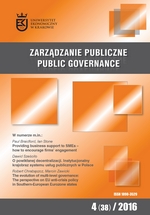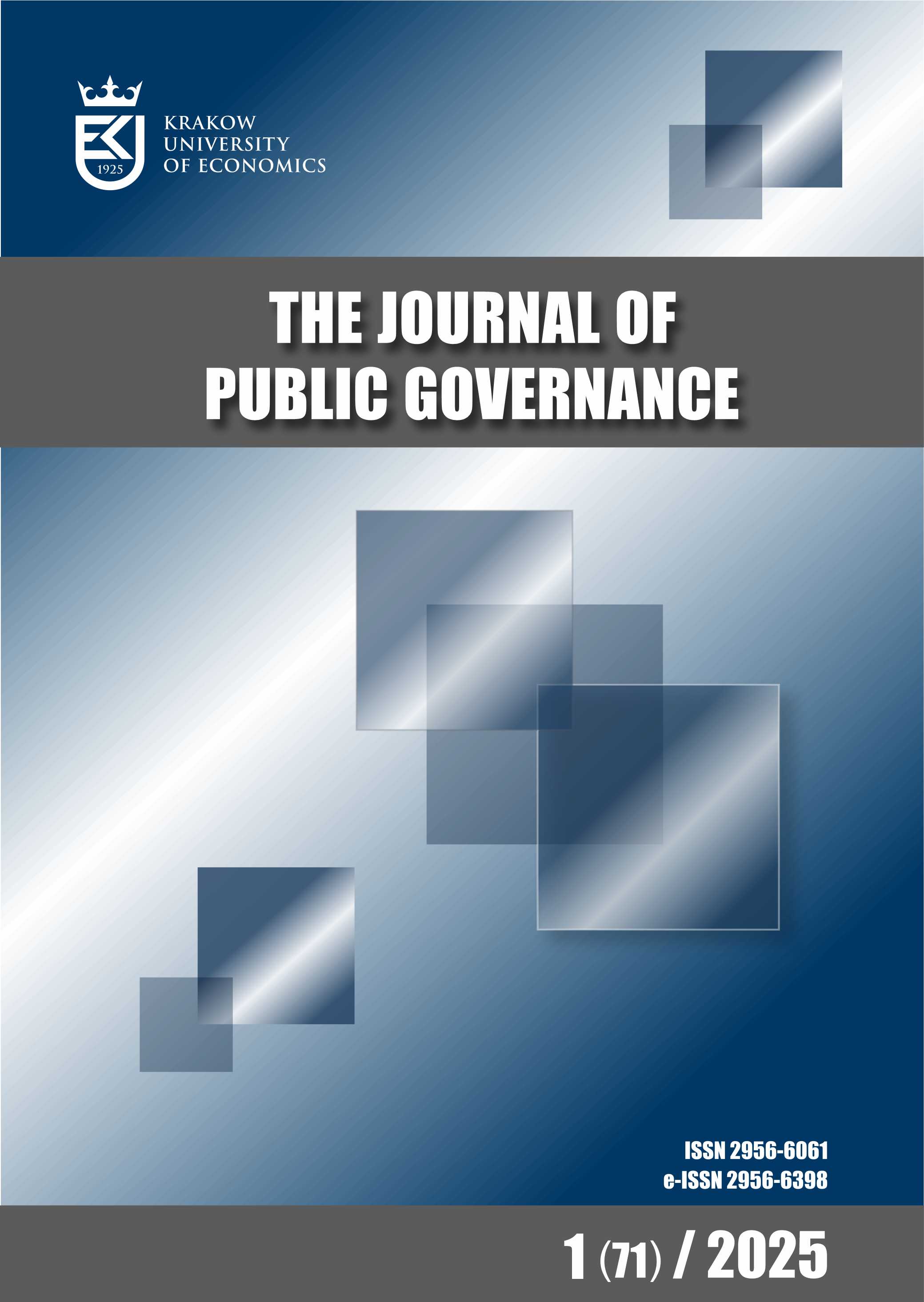The operation of the Kołobrzeg seaport on the basis of a public supervision system
DOI:
https://doi.org/10.15678/ZP.2016.38.4.06Keywords:
system of public supervision, operation and financing of seaports, Kolobrzeg seaport, PolandAbstract
Despite numerous attempts, the European Union has not developed common rules governing the operation of seaport. Various solutions are thus applied in supervising business management of port structures in the Member States. The work described in this paper relating to Poland has sought to identify opportunities for the functioning of Kołobrzeg’s seaport to be improved through a system of public supervision. Particular attention has been paid to the powers enjoyed by the managing body, and the matter of the financing of port infrastructure. Study work has drawn on both the subject literature and research results, with material collected used in quantitative and causal analyses of phenomena occurring. Research shows how the operator of the commercial port in Kołobrzeg failed to meet obligations as regards its development. Ongoing decapitalisation of port infrastructure has been ref lected in a decline in trans-shipments. Improved functioning of Kołobrzeg’s seaport can be seen to lie in the careful choice of port operator, though consideration should also be given to increased powers for the managing body. A public factor should enjoy the possibility of providing port services. Financing could be provided via EU funding and support from the port operator, while, should the situation demand it, the funding of the modernisation of port infrastructure by the state budget should also be considered.



